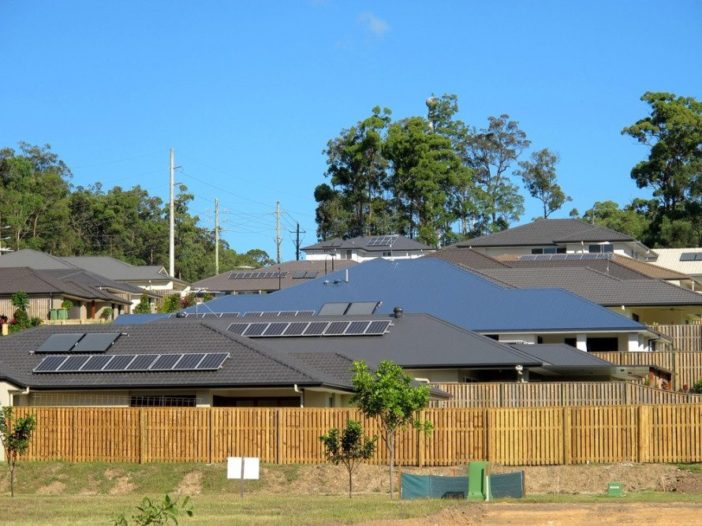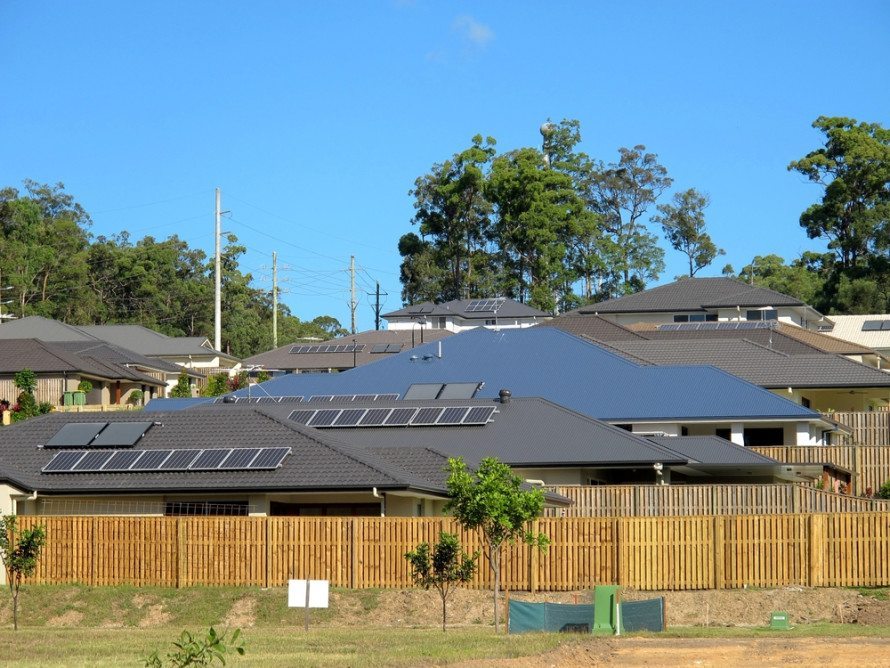
For as long as I can remember, the solar industry has been calling for smarter grid networks that can accept higher levels of solar generation.
The new South Australian regulations are a particular case in point because when it comes to high solar penetration levels South Australia is a global canary in the coal mine.
Over time Australian rule makers have adopted a wide range of regulations, rules, schemes, standards and even incentives to drive outcomes. From financial incentives to reduce demand to solar export limiting regulations, we’ve seen them all.
The timing of changes is rarely good and the cost of adapting to the changes is often expensive and time consuming, as any South Australian or Victorian solar installer will tell you.
Unintended consequences are also a recurring theme, but industry and government alike can’t help rolling new things out to keep the solar coaster moving.
Say hello to a smarter South Australian grid, ready or not!
After a decade of growth in rooftop solar, South Australia is the first gigawatt scale power system in the world in which rooftop solar will inevitably be able to meet all its power needs at certain times.
This changes operational demand on the grid and existing generation, requiring careful and increasingly complex management over many thousands of sites.
As a consequence, new mandatory Government regulations come into effect from September 28th, 2020 that will kick off a round of changes to roll out over the coming years.
There are many goals and elements in the broader connected schemes such as advanced metering, billing and tariffs, but here I’m focused on what it means for new rooftop solar system installations.
The goal in the case of rooftop solar is to provide better control so that solar systems can be ramped up or down as needed.
This is required in order to support the grid and help prevent system wide blackouts, especially in the event of the Heywood interconnector between South Australia and Victoria failing.
AEMO anticipates that this need to curtail rooftop solar will only be required very rarely.
The upside of this remote control of rooftop solar, is that it also enables more solar to be installed and for that solar to be able to export at full whack most of the time.
Hopefully this will lead to the static 5 kW maximum export limit per phase being relaxed. Woohoo!
The best way to manage rooftop solar generation is through communication with the solar inverter. Using the inverter intelligently allows the solar to be accurately controlled so that the household or business can self consume their own solar, rather than having to switch off the solar system.
A Relevant Agent needs to be appointed by the new solar owner to manage their solar system on their behalf under the new regulations.
The Relevant Agent will receive a signal from AEMO or SAPN and must ensure that the solar system responds accordingly.
Solar Analytics launches new service
Solar Analytics, Australia’s leading provider of rooftop solar energy management software with over 40,000 customers, has announced a a new service to act as a Relevant Agent to meet these new South Australia regulations.
Traditionally known for premium solar energy management with performance monitoring that creates trust between the solar owner and solar retailer, Solar Analytics today announced an expanded ability to remotely control Sungrow inverters, with the goals of meeting regulations for grid stability and maximising solar savings.
Instead of using Solar Analytics hardware to connect to Solar Analytics’ award-winning solar energy management platform, solar retailers can now simply use standard Sungrow hardware for measurement, communications and control.
Already a market leader, Sungrow the world’s largest solar inverter manufacturer, is looking to become the inverter provider of choice.
This really marks a turning point in solar, where household systems can save money and dynamically help support grid reliability.
This new control functionality will be available nationally, but is of most urgent need in South Australia to meet these new regulations that come into effect from next Monday.
As other inverters companies get on-board, this Solar Analytics solution will be available with additional inverter partners.
Smarter grids are really exciting
Rooftop solar has come a long way from the days when it was seen as expensive and unreliable.
It is now undeniably the lowest cost source of electricity, is a is a critical source of energy for over 2.5 millions homes, and is contributing to the continued stability of our whole electricity grid.
The old arguments that solar is inconsequential or a problem have been blown away by the success of rooftop solar, and now all regulators and market participants understand that rooftop solar has the full range of capabilities and is essential to providing affordable, reliable and clean electricity for everyone.
With battery prices decreasing, and the successful albeit slow roll out of Virtual Power Plants (VPP) that connect thousands of homes together, this shift to a smarter two way distributed grid is unstoppable.
Through VPP trials the energy market is evolving to a full two-way energy trading market, with distributed batteries demonstrating highly effective localised energy management.
If everything goes according to plan, the South Australian Smarter Homes program will deliver a new system to better orchestrate hundreds of thousands of rooftop solar systems and build a more resilient grid through distributed solar energy management.
Welcome to the solar coaster and Grid 2.0!

